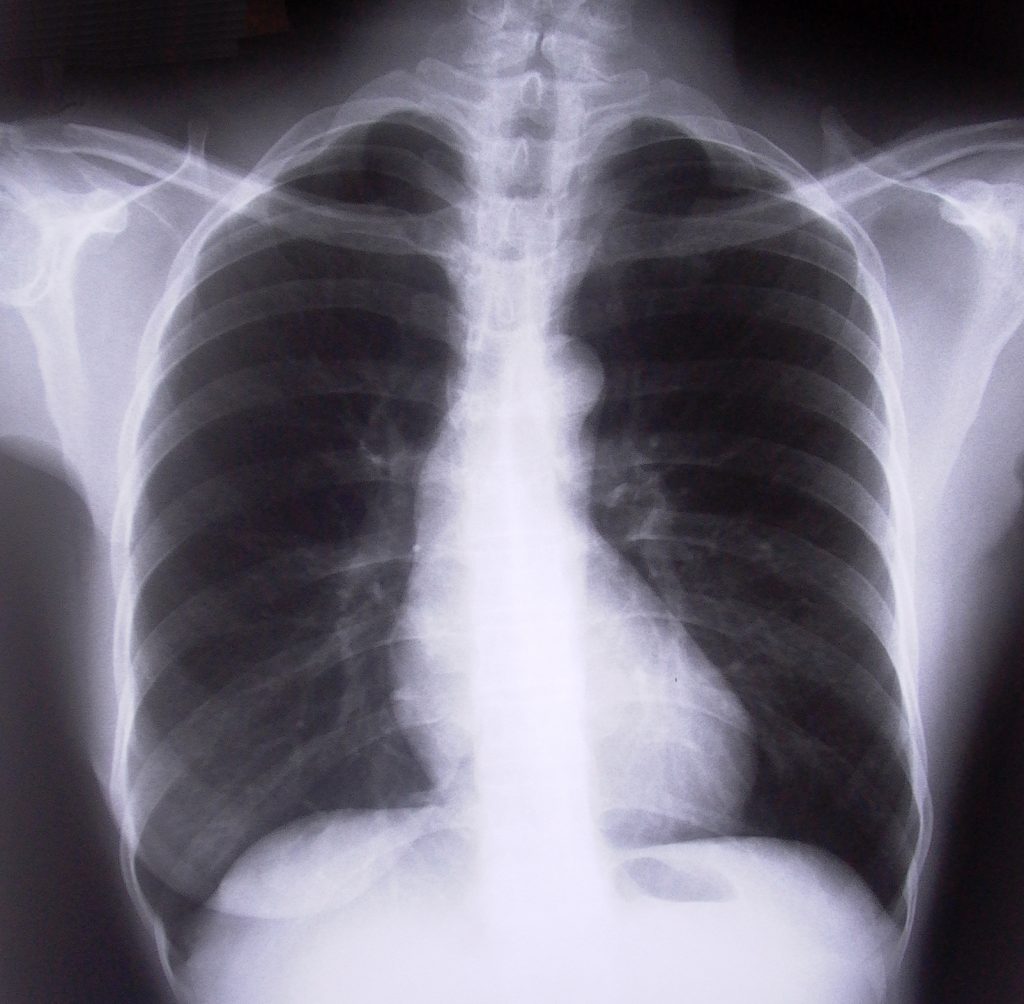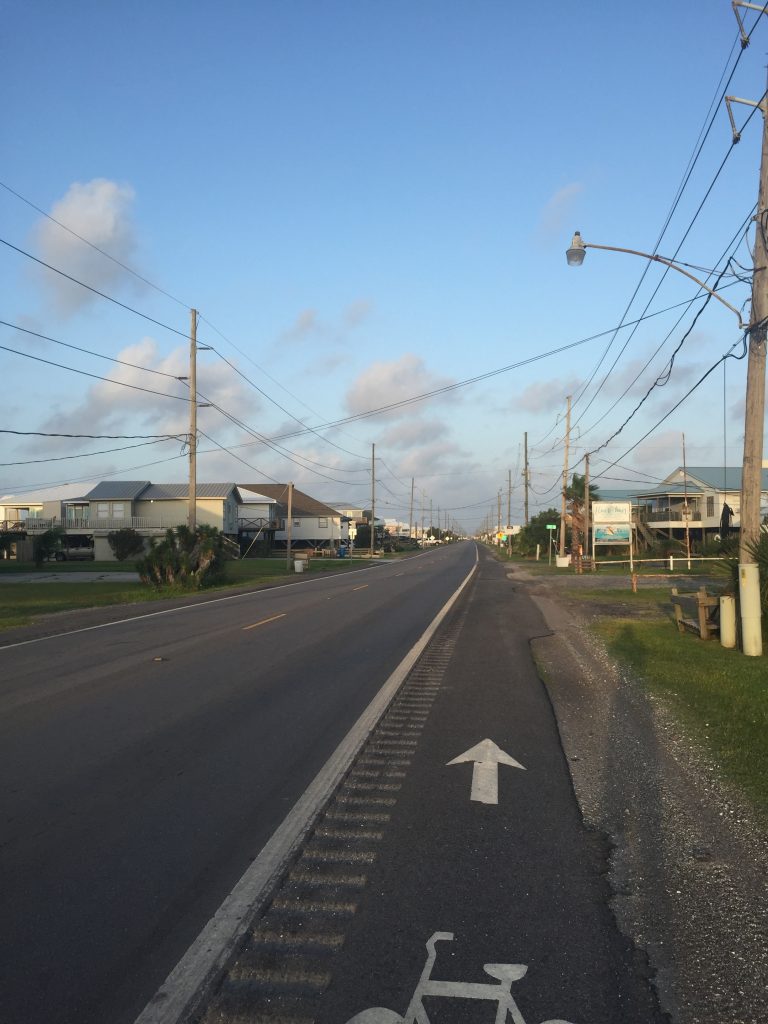 In cases involving negligence on behalf of medical personnel, expert testimony is often needed to establish the standard of care that was breached by the party being sued. An expert’s testimony will be admitted based on its relevance to the facts at hand as well as the experts level of knowledge regarding the specific topic. Recently, the First Circuit Court of Appeal had to determine whether or not expert testimony was properly admitted and whether or not from that testimony alone the court could find by a preponderance of the evidence for the Plaintiff. These issues arise in the context of a lawsuit brought by Robert and Ruth McGregor individually and on behalf of the deceased Donald McGregor against Hospice Care of Louisiana in Baton Rouge for negligence in their failure to fill a partial prescription for the deceased.
In cases involving negligence on behalf of medical personnel, expert testimony is often needed to establish the standard of care that was breached by the party being sued. An expert’s testimony will be admitted based on its relevance to the facts at hand as well as the experts level of knowledge regarding the specific topic. Recently, the First Circuit Court of Appeal had to determine whether or not expert testimony was properly admitted and whether or not from that testimony alone the court could find by a preponderance of the evidence for the Plaintiff. These issues arise in the context of a lawsuit brought by Robert and Ruth McGregor individually and on behalf of the deceased Donald McGregor against Hospice Care of Louisiana in Baton Rouge for negligence in their failure to fill a partial prescription for the deceased.
The deceased Donald McGregor had terminal metastatic prostate cancer and was being treated by a doctor from 1997 till his death July 21, 2002. In April of 2002, Mr. McGregor was enrolled as a patient of Hospice of Baton Rouge (Hospice) when he was no longer able to visit his previous doctor’s office. From that point on his previous doctor relied on reports from the Hospice Nurses to make determinations regarding the prescription of pain medication to Mr. McGregor. in July of 2002, his doctor prescribed various pain medications for long and short term pain. In July of 2002, Mr. McGregor’s doctor wrote a partial fill prescription for 40 morphine suppositories 20 of which were to be filled on Friday and the other 20 to be filled the following Monday. McGregor’s doctor, however, instructed that if the pain worsened the nurses were to contact him or his partner and the on-call physician for the weekend in order to have the other 20 suppositories filled early.
On Sunday of the same weekend Robert McGregor, Mr. McGregor’s son called the on-call Hospice nurse in hysterics requesting that the remaining suppositories be delivered immediately while threatening the nurse’s life if she showed up without them. The nurse then informed Robert that in order for that to happen she would need to visit the home and assess Mr. McGregor’s condition before contacting the on-call physician about releasing the remaining suppositories to which Robert responded with more threats and a refusal of the assessment. The Nurse then informed her supervisors of the situation and they advised her to let Robert know that Mr. McGregor from then on was released from Hospice care. Robert still in hysterics then called the on call doctor directly regarding the situation of his father’s discharge from Hospice care to which the on call doctor agreed with Hospice’s decision because it would be best for Mr. McGregor to be treated directly by her in the hospital. Later that day Mr. McGregor was brought to the hospital where he passed away that evening.
 Louisiana Personal Injury Lawyer Blog
Louisiana Personal Injury Lawyer Blog


 If you are injured at work, it is imperative that you follow the appropriate procedures under workers’ compensation law to ensure that you are fully and fairly compensated for your injuries. A failure to properly report or address your injuries can result in a lesser payment or no payment at all. It is also important to keep your place of employment apprised of your injuries and treatment, and written records of your contact, so that if it becomes necessary to bring an action against your employer you have sufficient evidence to support your position. A recent case of the Louisiana Third Circuit Court of Appeal is illustrative.
If you are injured at work, it is imperative that you follow the appropriate procedures under workers’ compensation law to ensure that you are fully and fairly compensated for your injuries. A failure to properly report or address your injuries can result in a lesser payment or no payment at all. It is also important to keep your place of employment apprised of your injuries and treatment, and written records of your contact, so that if it becomes necessary to bring an action against your employer you have sufficient evidence to support your position. A recent case of the Louisiana Third Circuit Court of Appeal is illustrative. Police officers are tasked with enforcing the law and upholding civic order, but what happens when a person feels that a police officer ignored his or her constitutional rights; will the officer be held accountable? A case arising out of Alexandria examines this question through the issue of excessive force and the qualified immunity defense involved in police officer shootings.
Police officers are tasked with enforcing the law and upholding civic order, but what happens when a person feels that a police officer ignored his or her constitutional rights; will the officer be held accountable? A case arising out of Alexandria examines this question through the issue of excessive force and the qualified immunity defense involved in police officer shootings. 

 In 2012, an independent contractor, Charles Kamrath, contracted with Creek Services, LLC to move one of their bulldozers. Kamrath had previously moved the same bulldozer with his trailer without any complications. On February 24th of 2012, Kamrath loaded the bulldozer to his trailer and commenced the transportation to Hammond, Louisiana. Unfortunately, the flatbed from the trailer detached and struck an oncoming car driven by Alice Lewis on Cullom Road in Springfield, Louisiana. The impact resulted in severe injuries to Lewis and she subsequently died shortly thereafter.
In 2012, an independent contractor, Charles Kamrath, contracted with Creek Services, LLC to move one of their bulldozers. Kamrath had previously moved the same bulldozer with his trailer without any complications. On February 24th of 2012, Kamrath loaded the bulldozer to his trailer and commenced the transportation to Hammond, Louisiana. Unfortunately, the flatbed from the trailer detached and struck an oncoming car driven by Alice Lewis on Cullom Road in Springfield, Louisiana. The impact resulted in severe injuries to Lewis and she subsequently died shortly thereafter.
 Imagine your child passed away in the most horrific way. You seek remedies in the court system, but the court does not recognize your right of recovery as a parent. What a nightmare. In Louisiana, a putative (unestablished) father must timely file an action for avowal (a father’s action to establish paternity) in order to maintain a wrongful death or survivor action for the death of a child born out-of-wedlock. Failure to do so may forfeit your legal rights. A recent case from the Louisiana Supreme Court discusses the pleading requirements regarding paternity in filing wrongful death and survivor actions.
Imagine your child passed away in the most horrific way. You seek remedies in the court system, but the court does not recognize your right of recovery as a parent. What a nightmare. In Louisiana, a putative (unestablished) father must timely file an action for avowal (a father’s action to establish paternity) in order to maintain a wrongful death or survivor action for the death of a child born out-of-wedlock. Failure to do so may forfeit your legal rights. A recent case from the Louisiana Supreme Court discusses the pleading requirements regarding paternity in filing wrongful death and survivor actions.